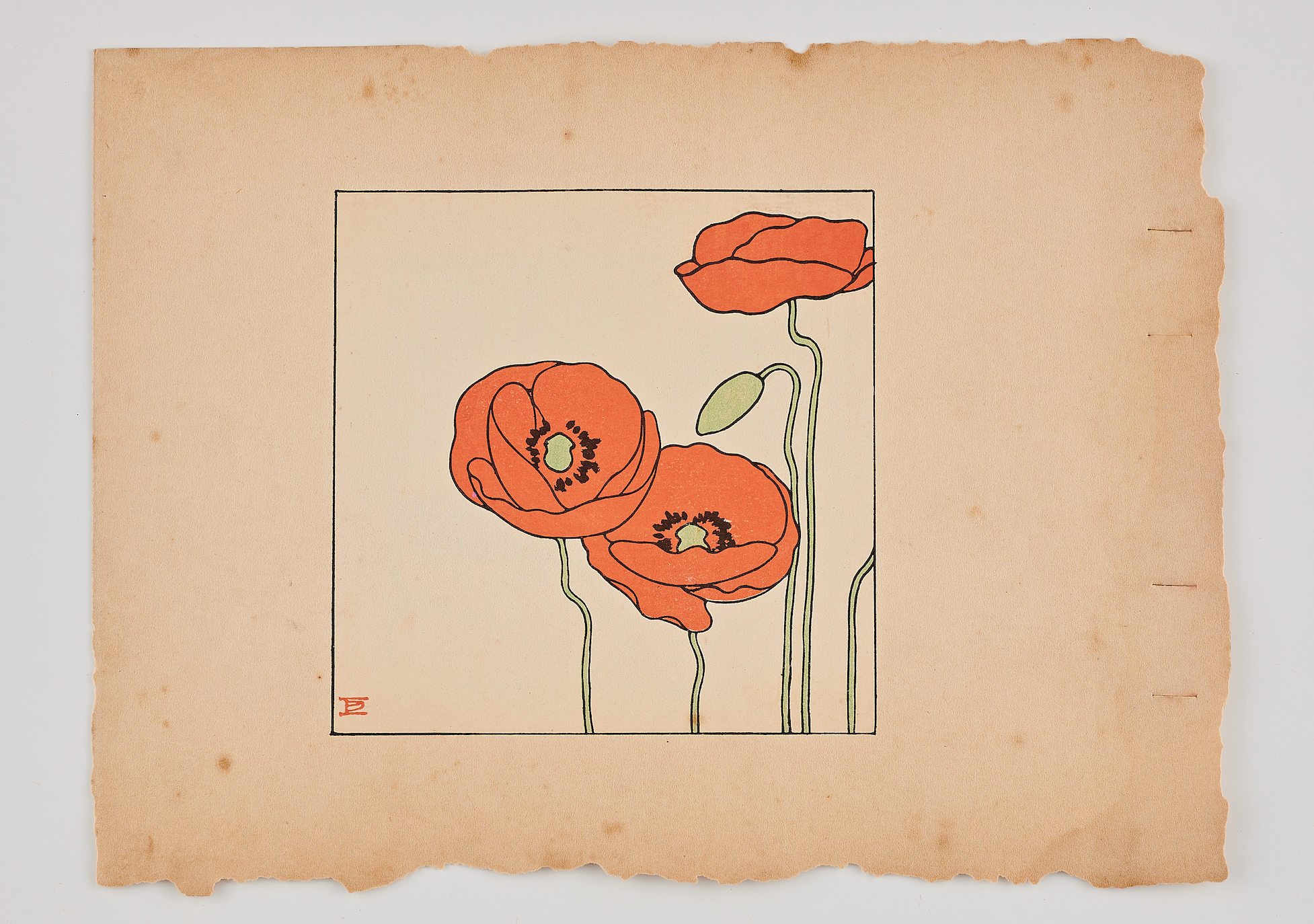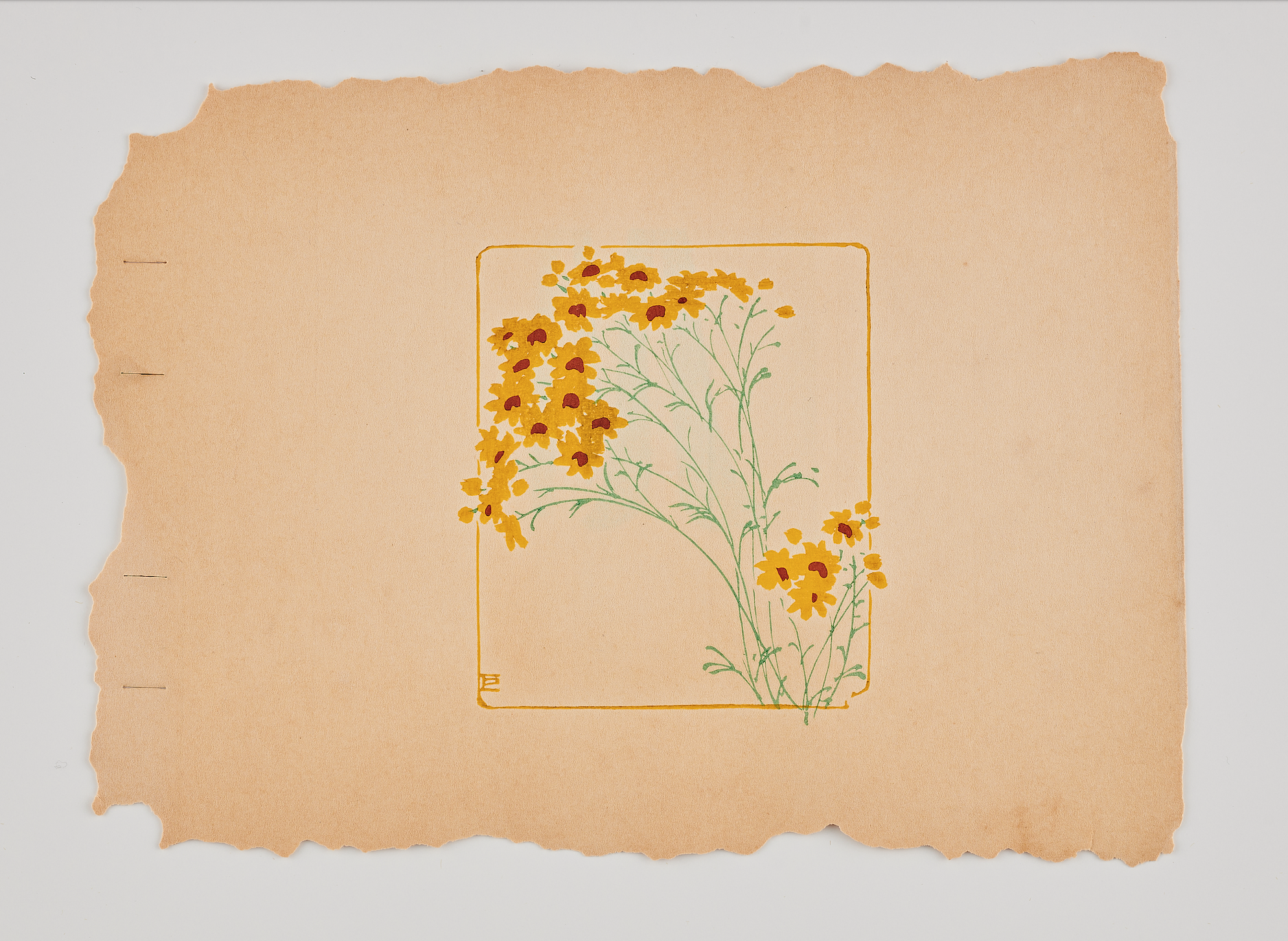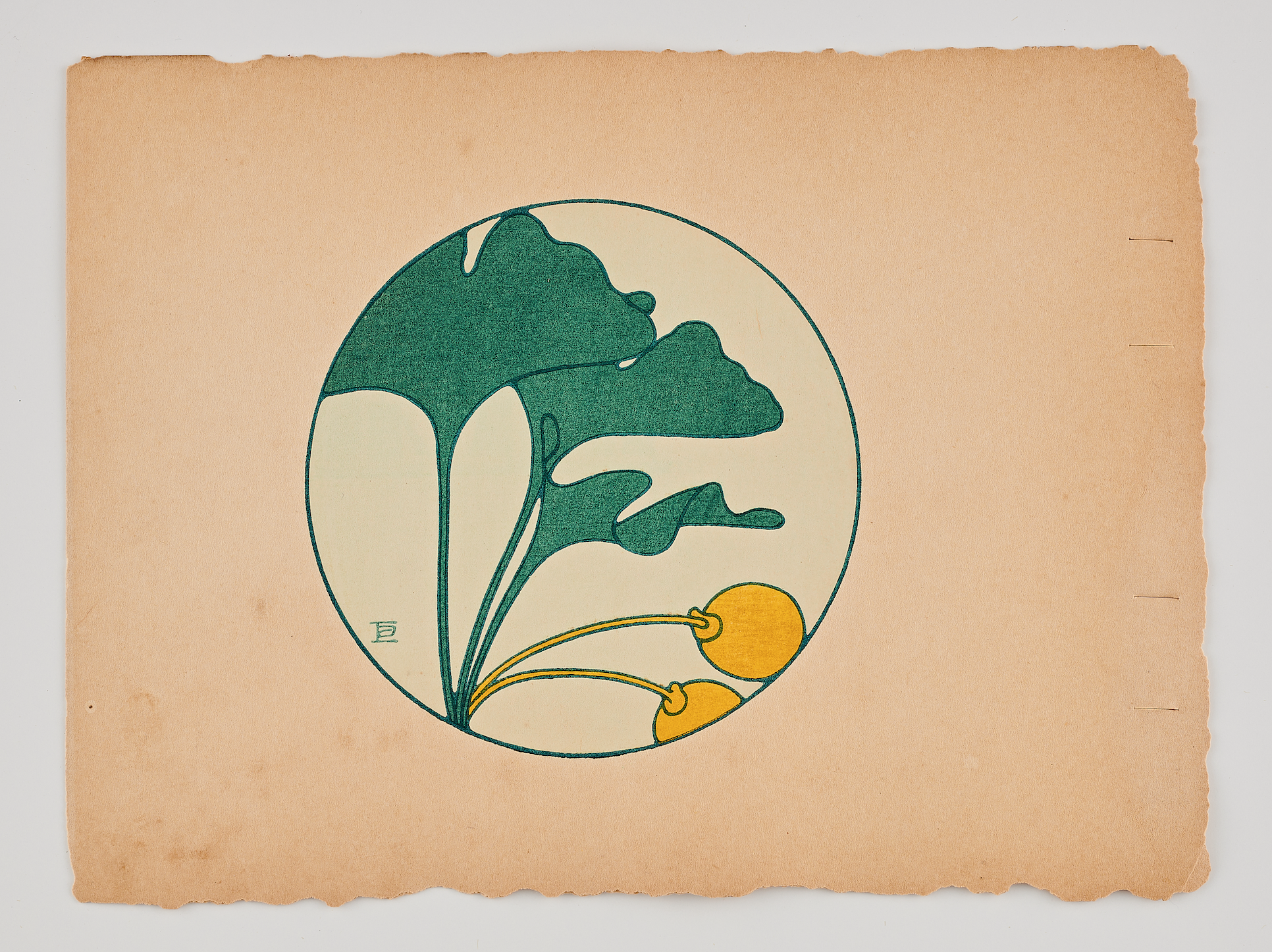THE MOKUHANGA PROJECT: KYOSEN KAWASAKI
IKEBANA projects introduces 'The Mokuhanga project' - a series of rare botanical woodblock prints by Japanese artist Kyosen Kawasaki 川崎巨泉 (1877–1942) presented in collaboration with CAVE-AYUMIGALLERY in Tokyo, Japan.
These prints are excerpts from an original book trilogy Collection of small works 1,2,3 図案小品集, published between 1911 and 1913 in a key transition period for Japan. The opening of to the West during the Meiji Era (1868-1912) greatly influenced mokuhanga 木版画 (woodblock printing) techniques to explore beyond traditional subjects like kabuki actors and tea-house beauties.
This early series of works from Kyosen Kawasaki, who became widely known for his o-mocha (Japanese folk toys) woodblock prints, celebrates Japan's unique botanical landscape and explores the symbolism of flowers and plants which takes center stage in Ikebana 生け花 (Japanese art of flower arrangement) highlighting the occasion, meaning and mood of an arrangement.
The prints will be released one by one from May 1st, 2022 - on a bi-monthly basis - and available to buy on our shop. In parallel, the other prints from Kyosen Kawasaki’s book trilogy will be exhibited at AYUMIGALLERY in Tokyo in summer 2022.
A HIDDEN MASTERPIECE
The book trilogy, a hidden masterpiece, belonged to the private collection of the eminent Japanese architect Hiroshi Takahashi (1902-1991) grand-father of Ayumi Suzuki, the founder of the multi-space contemporary art gallery CAVE-AYUMIGALLERY in Kagurazaka, Tokyo.
Hiroshi Takahashi designed the building of Ayumi Gallery as his own atelier in 1953, now designated as an important cultural property by the Japanese Government. It is in his library that Ayumi Suzuki found the unique prints by Kyosen Kawasaki and decided together to give them new life and spread the love for the unique Japanese design of the early 20th century.
KYOSEN’s BOTANICAL WOODBLOCK PRINTS

Iris (花菖蒲 Hanashōbu) Photo by Ikuhisa Sawada

Poppy (虞美人草 Gubijinsō) Photo by Ikuhisa Sawada

Flowers ( お花 ohana) Photo by Ikuhisa Sawada

Japanese kerria (ヤマブキ yamabuki) Photo by Ikuhisa Sawada

Persimmon (柿 kaki) Photo by Ikuhisa Sawada

Gingko (銀杏 ginkyo) Photo by Ikuhisa Sawada

Persicaria perfoliata (イシミカワ ishimikawa) Photo by Ikuhisa Sawada

Cherry Blossom (桜 sakura ) Photo by Ikuhisa Sawada
ABOUT KYOSEN KAWASAKI
Kyosen Kawasaki 川崎巨泉 (1877–1942) was born Suekichi Kawasaki in 1877 in the city of Sakai near Osaka, Japan. From an early age, he displayed great talent for painting and became an apprentice to the ukiyo-e artist Nakai Yoshitaki, best known for his prints of kabuki actors. Kyosen went on to become an independent artist with the aim to further develop the language of traditional woodblock printing, mokuhanga 木版画.
In creating his designs, the artist paid a particular attention to details and intended for his work to have a lasting value, selecting special paper and inks. Being deeply interested in the Japanese cultural scene, theater and poetry in particular, Kyosen took a progressive approach, advocating for Japanese artisans to know the designs of the past and their cultural significance in order to create shapes and colors for the future.
Kyosen has been key in celebrating and preserving the traditional Japanese folk crafts. His legacy is still thriving today - in 2022 Japan Post has selected his work for New Year’s stamps. His works are in the collections of major museums around the world including the Metropolitan Museum of Art in New York and the British Museum in London.
Kyosen Kawasaki 川崎巨泉 (1877–1942)
ABOUT CAVE-AYUMI GALLERY
Ayumi Suzuki, founder of AYUMI-CAVEGALLERY Photo by Yulia Skogoreva
CAVE-AYUMIGALLERY is a contemporary art gallery and a project space established in 2015 by curator Ayumi Suzuki in the historical neighborhood of Kagurazaka in Tokyo. In addition to introducing younger artists from Japan and overseas, CAVE-AYUMIGALLERY hosts experimental projects of established artists as well as artist-in-residence program at their historical family space Yokomichi projects.





